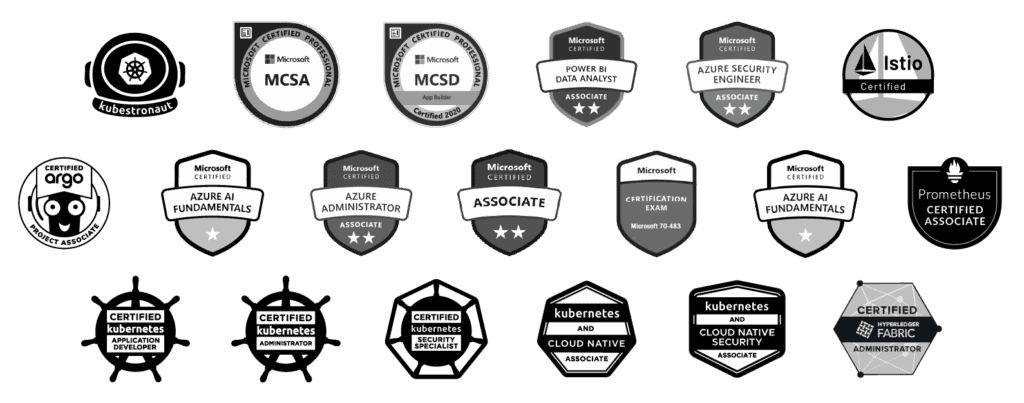
Saurabh Sarkar

Fabrizio Sgura
The global clinical trial market is projected to reach a staggering $77.2 billion by 2026[1], driven by the increasing complexity of diseases and the demand for innovative treatments. Yet despite this exponential growth, traditional methods of data collection and patient monitoring often fall short in meeting the demands of modern trials.
We look to smart devices—wearables, sensors, and monitors—to transform patient monitoring in clinical trials. These devices, powered by IoT technology, provide real-time data streams, enabling researchers to track vital signs, medication adherence, and symptom progression with incomparable accuracy.
But let’s not discount the power of Edge Computing. With AI/ML capabilities at the edge, localized data processing becomes a necessity. When data is processed and analyzed on-site, it reduces the burden on central servers and ensures timely insights for researchers.
Consider the case of a remote clinical trial conducted in a rural area with limited internet connectivity. By leveraging Edge Computing with ROS2, researchers are able to deploy localized data processing units, ensuring real-time analysis of patient data without relying on centralized infrastructure. The result? A significant reduction in latency and bandwidth usage, enabling seamless data collection and analysis despite challenging conditions.
The debate between IoT and Edge Computing in clinical trials isn’t about choosing one over the other—it’s about finding the right balance.











